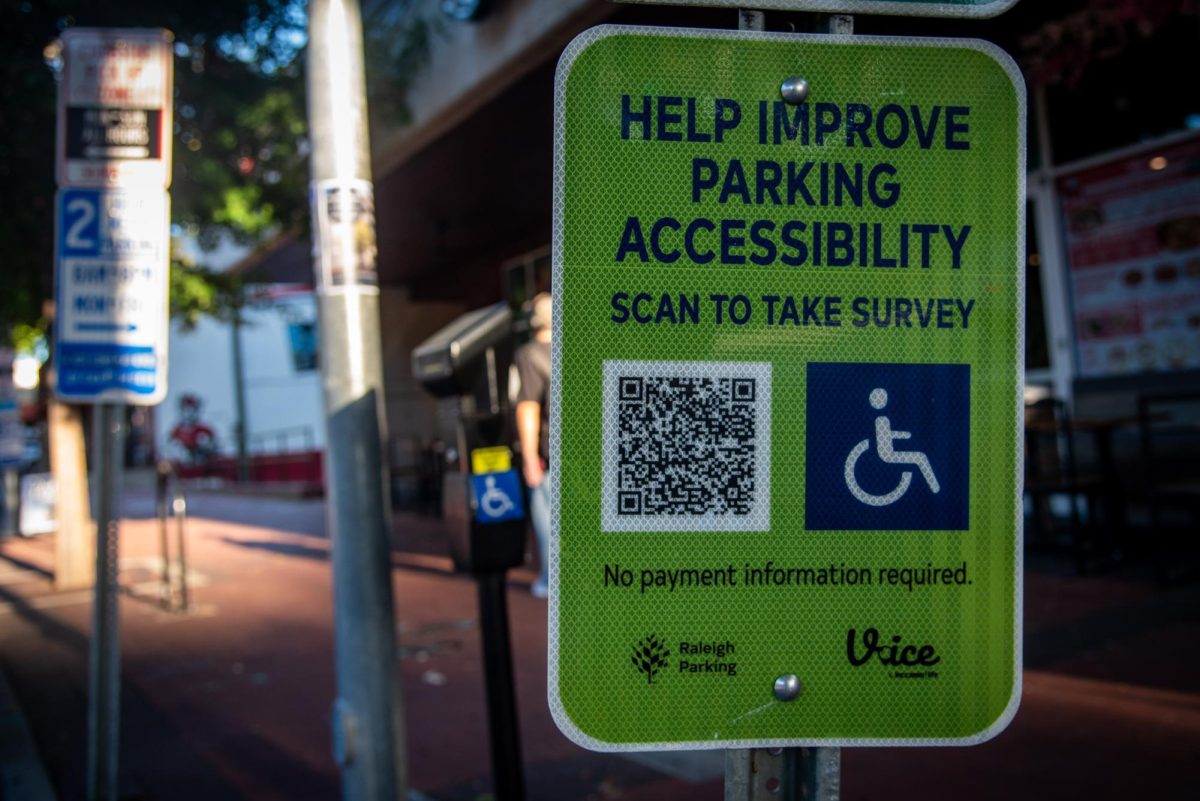Contrary to what any 24 hours news media outlet would have you believe, the American economy isn’t reverting back to 1929. Armageddon isn’t here yet, and our economy is still fundamentally sound. Now, that’s not to say things are perfectly fine – Wall Street investment firms haven’t exactly had the best year to date and their inability to maintain investors’ confidence and willingness to take a risk on toxic mortgage-backed securities is going to end up costing the United States up to a trillion dollars – yes, that’s trillion with a “T.”
But this process is a healthy detox for a system that was on its deathbed. It is a purging of the bad debt that big firms across the nation have taken on that was the result of cheap money and loose monetary policy over the past two decades. It is a wake up call to politicians both Republican and Democrat – it pushes the economy even further to the front of the presidential debate, and it’s a harsh lesson that the American, and in essence, global, financial markets are due for a major look at the rules and regulations that govern their actions.
Does that mean more rules are necessary or does it mean that the rules we already have in place just need to be enforced more stringently? Perhaps less regulation is needed – but I’m nowhere near qualified enough to make those particular calls. I’ll leave that to Treasury Secretary Henry Paulson and Federal Reserve Chairman Ben Bernanke.
Regardless of the financial markets, let’s look at some of the fundamental numbers to prove the American economy isn’t collapsing before our very eyes. Americans are working. There are jobs to be had for students graduating this semester (unless of course you were planning on being an Investment Banker for Lehman Brothers).
Yes, unemployment has gone up a touch to 6.1 percent, according to the latest figures, but it’s nowhere close to the staggering 24.9 percent recorded in 1933 during the Great Depression. Not only are they working, but they’re being productive, recording an increase in worker productivity that’s up 3.4 percent over last year. America continues to do well abroad after recording another increase in exports in the latest data from July, which showed exports increasing nearly $30 billion from last July.
Our trade deficit hasn’t dramatically increased even though gas prices have soared through the roof. This offsets some of our export gains, but the price of oil per barrel has decreased back to within the $100 range, which is down from record highs set earlier in the year.
Our currency, which was in an all out retreat in 2007, has made remarkable gains recently and is trading at yearly highs against the Euro and the British Pound. This means more purchasing power for American consumers, especially for students, whose expenditures and income are quite a bit more restricted.
The GDP has continued to grow, maybe not quite as fast as a few years back, but it’s not contracting. Consumer confidence has been rising all summer (although I doubt all this recent press will help with that). The manufacturing sector is strong after recording consecutive gains in new orders, shipments and inventory. And contrary to what you’d expect, the Dow Jones Industrial Average is up 40 points for the month, 18 percent over the past five years and 44 percent during the past decade (as of Friday).
The news from Wall Street isn’t rosy and the government has in effect nationalized parts of our financial system, but the American economy has a certain resiliency and incredible diversity that has allowed it to bounce back and reassert its incredible might after each and every crisis. The economy thrived after the Great Depression, stagflation, the Savings and Loan Crisis of the 1980s and the Internet bubble of the late 1990s. We’ll come out of this credit crunch as a better economy and hopefully take some of the lessons learned forward as we continue to grow.
E-mail your thoughts on the economy to [email protected].





